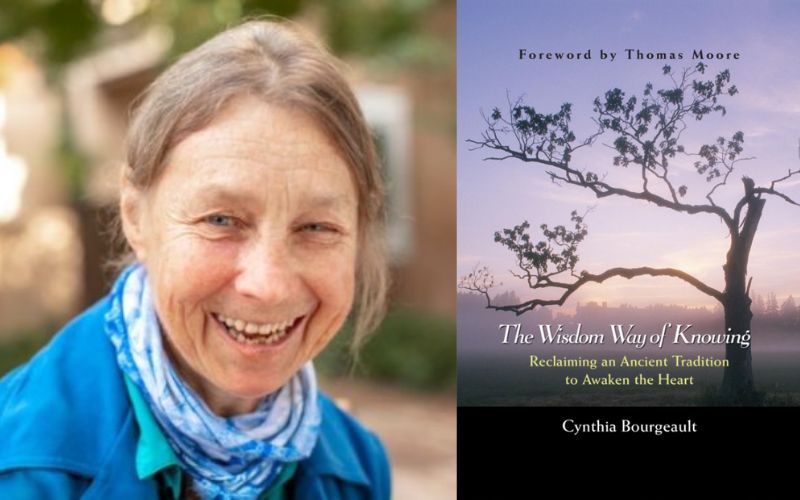Practical approaches to spiritual resilience
This small, readable book is one of the best guides I’ve found to the principles and practicalities of spiritual resilience. Whilst it’s based on Wisdom teachings within the Christian tradition, Cynthia points out that “no matter which spiritual path you pursue, the nuts and bolts of spiritual transformation end up looking pretty much the same: surrender, detachment, compassion, forgiveness”.
It’s important to clarify that what this book presents as the real teachings of Jesus and of mystics like the Desert Fathers is pretty different than the Christian religion in most of its forms: she explains why the Wisdom tradition has been largely underground for many centuries.

A crucial element in accessing the Wisdom path is our ‘state of being’, i.e. bringing our full self to the experience. Like Neil Douglas-Klotz, Cynthia explains that this was a normality in Jesus’ time: people met life with heart, mind and body as one unity, and seeing a continuum in all life: humans, animals, plants, and angels.
After centuries of rationalism and materialism, this holistic, Wisdom way has to be deliberately recovered. I strongly share her view that the body has a key role in this. Many spiritual seekers focus on the heart, and perhaps the mind, but she gives the body, the “moving centre”, equal importance for its “unique perceptive gifts, the most important of which is to understand the language of faith encoded in sacred gesture”.
One inspiration for this book was a week-long retreat on an island off the coast of Maine, which aimed to create a monastic quality of life for people from the everyday world. Cynthia highlights the Benedictine motto of ora et labora, the rhythm of work, prayer and rest. She comments that the ‘teaching’ content of the retreat could have been covered in a couple of days, but the power of the event came from the quality of community, and engagement of the whole being, which arose from the combination of working together – cooking, bringing in firewood- with Wisdom practices . And it’s that sense of full community which we aim to enable at Hazel Hill Wood.
The last chapter of the book, called The Tools of Wisdom, is an excellent guide to practices which embody the Wisdom Way of Knowing. Meditation is here, as you might expect, but she also highlights sacred chanting and devotional movement, and I’ve found these vital in my spiritual resilience for many years: see more in my blog on this topic.
I regard this book as outstandingly practical, in a big-picture sense: it offers a clear view on human purpose, what are we here for? She comments, “We stand midway between the purely material and the purely energetic … The basic animal instincts are programmed right into us … But so are … the highest degree of lucidity and clarity, our true angelic destiny”. And our mission in a human life is to integrate the two, and bring divinity into material form. She explains that this is what Jesus really meant by “The Kingdom of Heaven is within you”.
I originally bought this book to explore the contemplative prayer branch of Christianity. Actually, I think Cynthia offers an approach much wider and deeper than that, and one which you should find catalytic whether or not you’re exploring a Christian path. Her approach will enrich many different approaches.